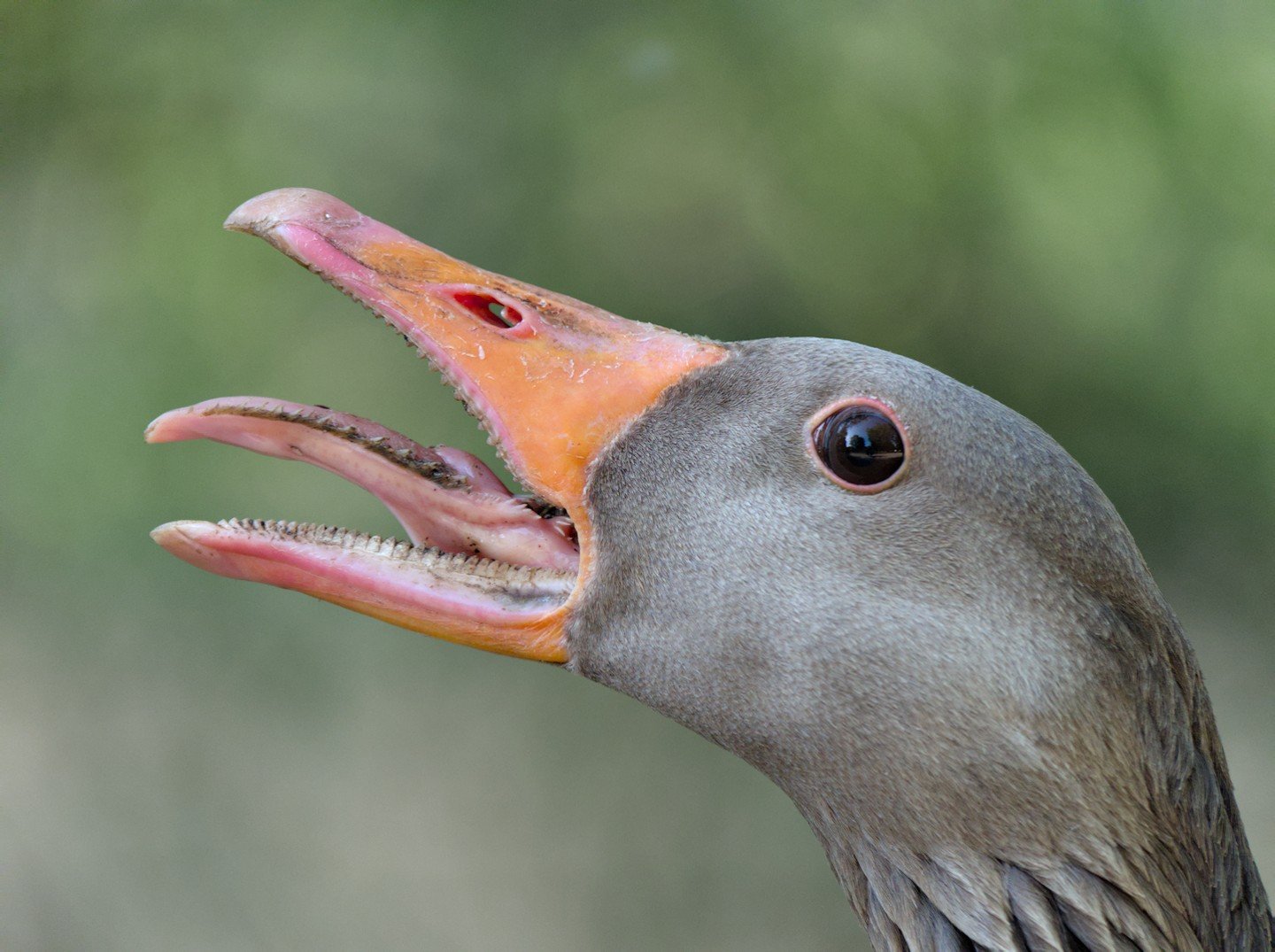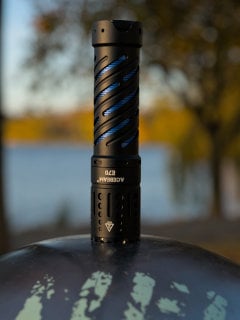I think the the least amount of BS from a major camera company is probably Panasonic:
- Panasonic uses two lens mounts (micro four thirds and L-mount), both of which are shared with other body and lens manufacturers
- Old bodies get firmware updates
- Features are rarely artificially restricted for market segmentation
- Third parties have written apps to talk to Panasonic cameras
The biggest downside to the brand is that until very recently, Panasonic bodies had only contrast-detection autofocus, which can pulse if used in video and doesn’t track moving subjects very well.
















Only certain mirrorless lenses ate compatible with teleconverters, and that one isn’t. Teleconverters are also surprisingly expensive. RF mount is also expensive because Canon banned third party lenses entirely until recently and continues to heavily restrict them.